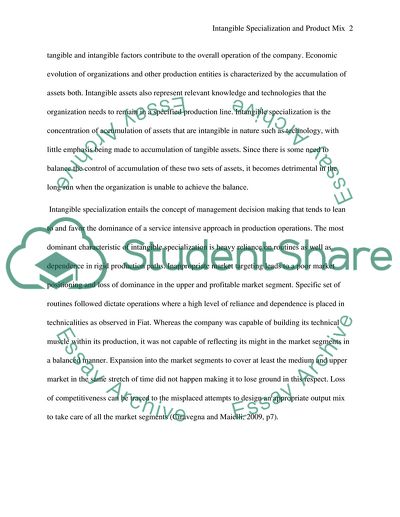Cite this document
(Intangible Specialisation and Product Mix Optimisation in Fiats Case Study, n.d.)
Intangible Specialisation and Product Mix Optimisation in Fiats Case Study. https://studentshare.org/engineering-and-construction/1575132-operations-managmentintangible-specialisation-and-product-mix-optimisation
Intangible Specialisation and Product Mix Optimisation in Fiats Case Study. https://studentshare.org/engineering-and-construction/1575132-operations-managmentintangible-specialisation-and-product-mix-optimisation
(Intangible Specialisation and Product Mix Optimisation in Fiats Case Study)
Intangible Specialisation and Product Mix Optimisation in Fiats Case Study. https://studentshare.org/engineering-and-construction/1575132-operations-managmentintangible-specialisation-and-product-mix-optimisation.
Intangible Specialisation and Product Mix Optimisation in Fiats Case Study. https://studentshare.org/engineering-and-construction/1575132-operations-managmentintangible-specialisation-and-product-mix-optimisation.
“Intangible Specialisation and Product Mix Optimisation in Fiats Case Study”. https://studentshare.org/engineering-and-construction/1575132-operations-managmentintangible-specialisation-and-product-mix-optimisation.


